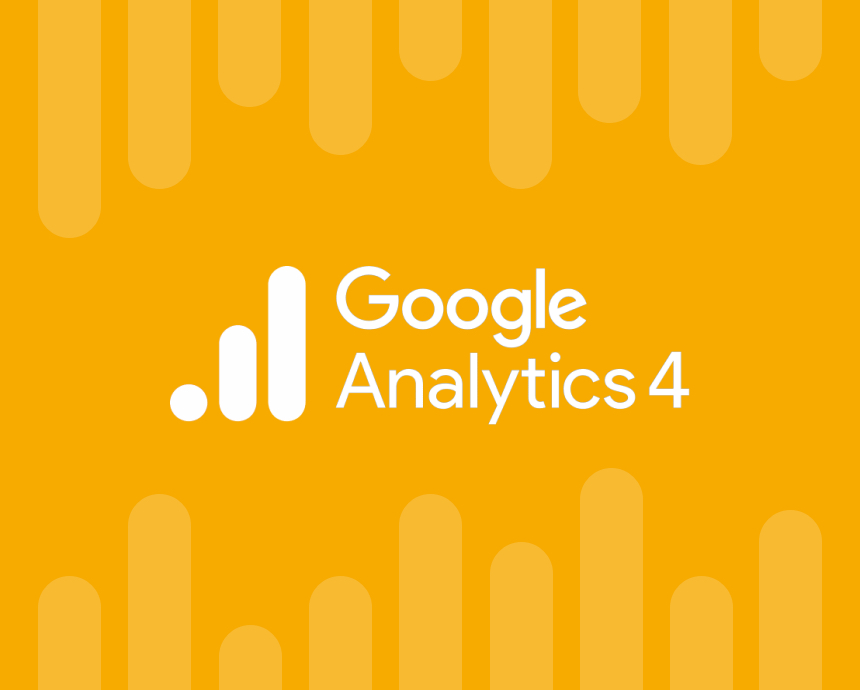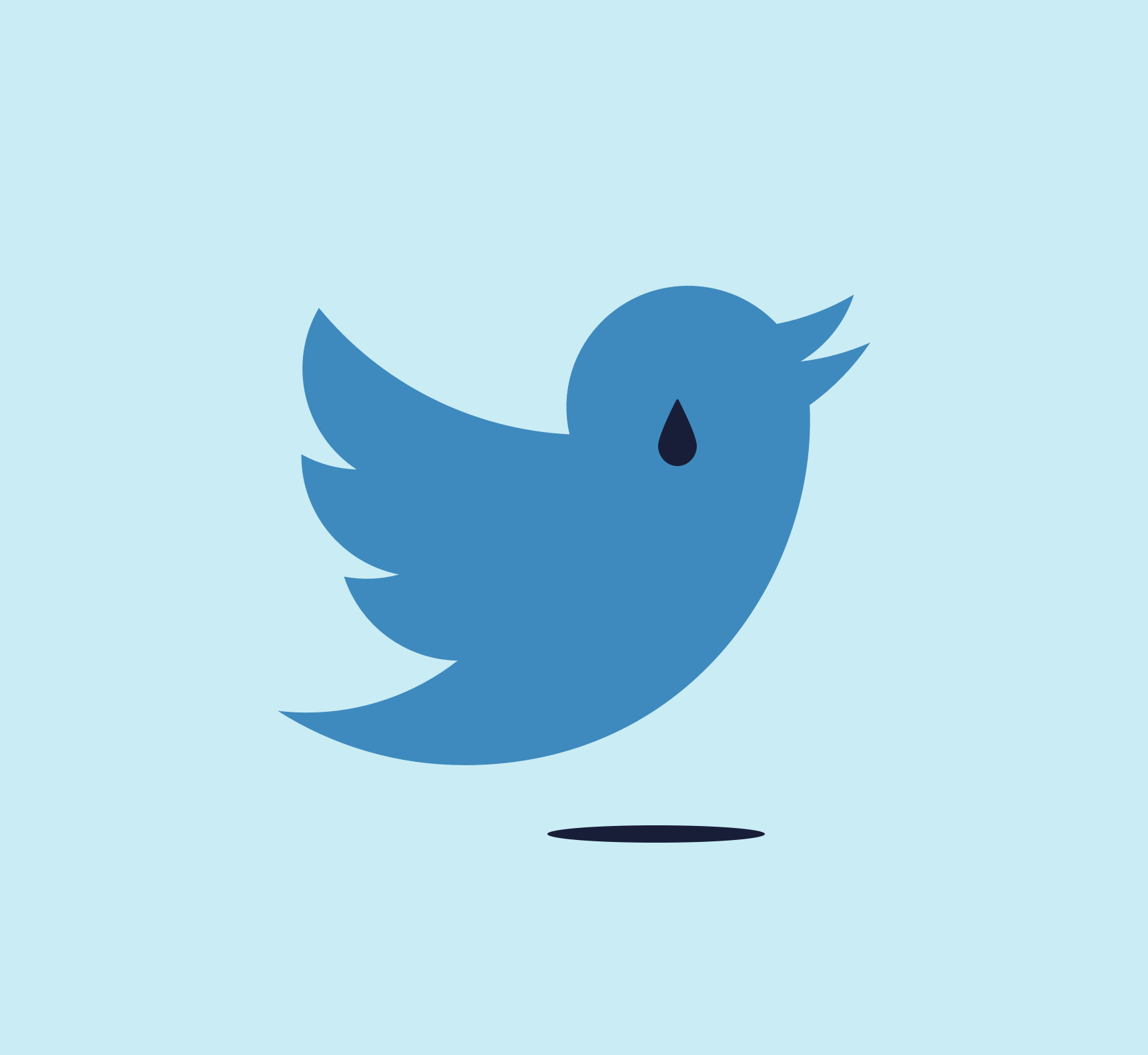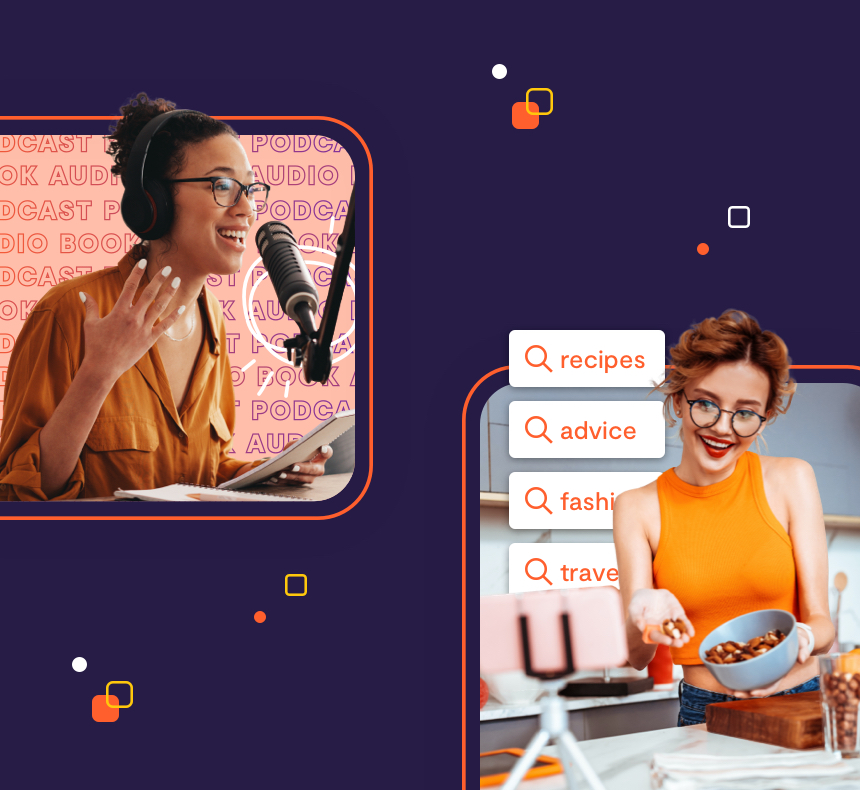If you’ve been scrolling through your LinkedIn feeds in the past few months (or anywhere on the internet for that matter) you may have seen a lot of talk around generative AI. Generative AI tools have been quietly bubbling under the surface for some time now, but the emergence of ChatGPT (an open source language model introduced by OpenAI) at the end of 2022 – which garnered over 1 million users in just 5 days – has taken the internet by storm, raised eyebrows, and opened up the conversation of how much AI tools should be embraced in the creative space, if at all.
Firstly, what is generative AI?
Generative AI is an umbrella term that covers the kind of AI models (ChatGPT, Jasper, CopyAI to name a few) that focus on creative processes. It can produce novel content such as blogs, poetry, recipes, essays, coding and for the most part is indistinguishable from human-generated content. Crazy, right? These generative AI bots are free to access online, which means it is now possible for anybody to write content, create code, and who knows maybe write a future Best Screenplay at the Oscars in just a few clicks (look out Quentin Tarantino!).
By entering a prompt into an AI tool you can generate a plethora of options that can be chopped and changed. The prompts can get quite specific, for example, we asked ChatGPT to create us a new bio, featuring Welsh slang as an ode to our Cardiff origins and to throw in the odd dog pun for good measure:
“Shwmae! If you’re after a team of top dogs to help your business achieve fleas and fortune, Spindogs is the pack to join. We’re a bunch of proper cwtchy collies who know their stuff when it comes to web and digital, and we’ll work like a pack of hounds to get the job done. Whether you need help with your website, social media or anything in between we’re always ready to get our paws dirty. Tidy!”
It understood the assignment, but we won’t be changing our bio anytime soon
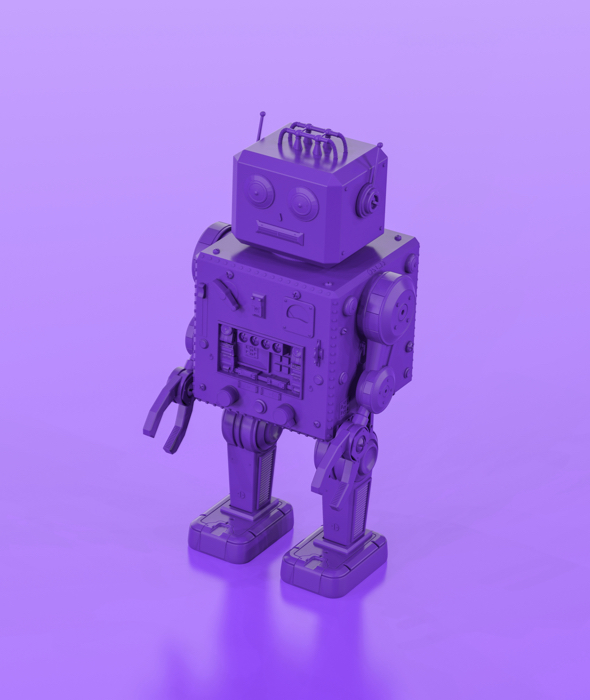
How are marketers using AI?
As generative AI continues to develop, it makes sense that marketers and creatives will start to explore the possibilities that generative AI can bring to their roles and how it can impact their strategies. Even Ryan Reynolds is getting in on the AI action, after he debuted an ad for his brand Mint Mobile (which was recently sold to T-Mobile), in which the ad copy was partially written by ChatGPT.
Generative AI opens up a new world of possibilities and it seems the most common application of AI so far within the creative space, has been content ideation. Marketers are using AI as a creative sparring partner to help brainstorm content ideas, generating copy, or inspiration for social media captions. Keep in mind that it does so at a very basic level but it can help spark ideas and build foundations for your creative process.
Likewise, the machine’s ability to automate the more monotonous tasks within a fraction of the time it takes a human to, allows marketers to lean further into the more creative and strategic tasks and leave the dull work to the robots.
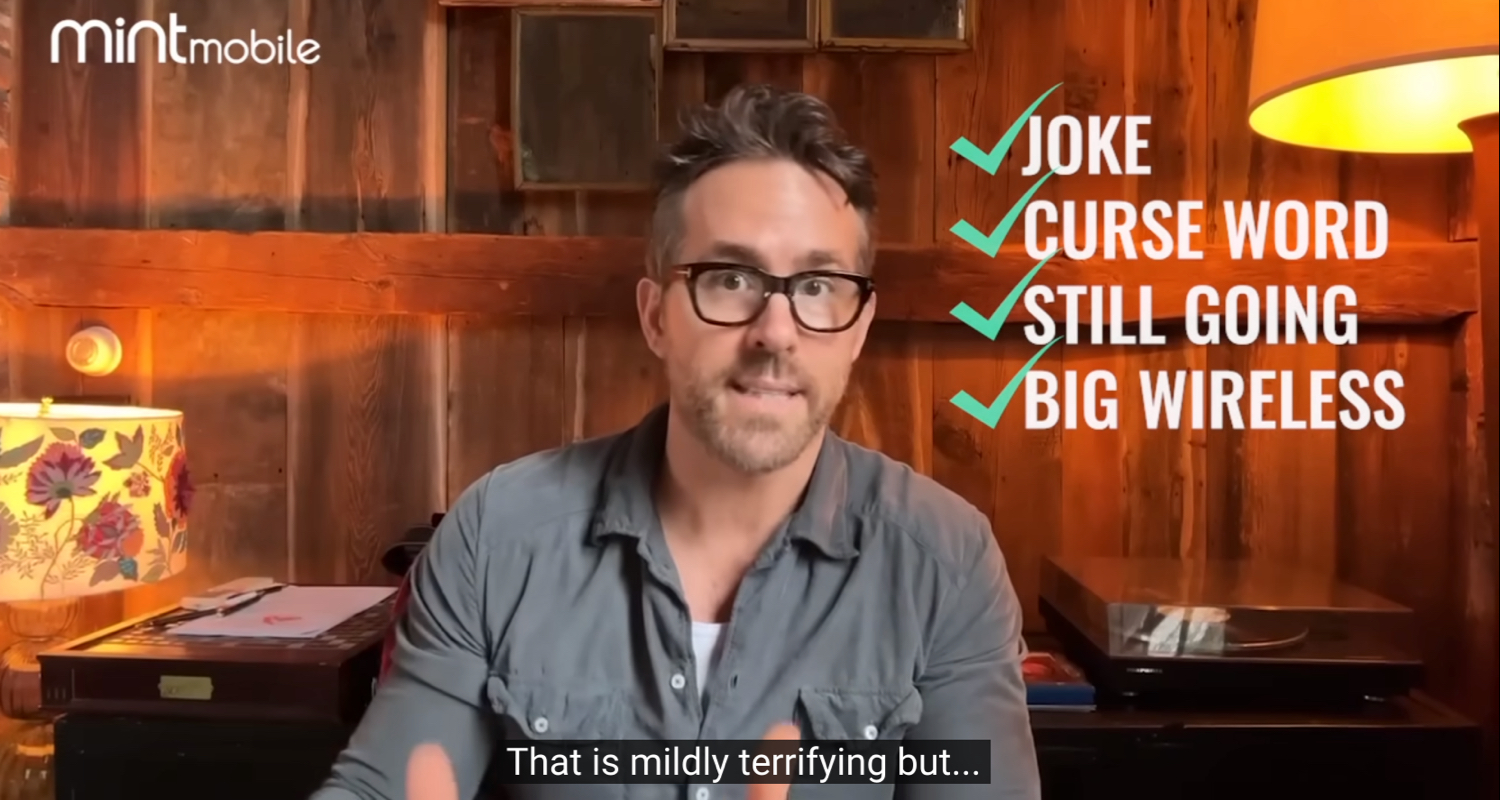
What’s the catch?
As impressive as our AI friend appears, it’s not without its concerns. One of the biggest concerns associated with using machine-generated content is the misconception that it can be a replacement for human creativity. AI is not a replacement for humans, and there is no AI tool that can yet replace the emotional element of marketing, because AI has no actual thoughts, opinions or feelings – unlike us. Emotion, and creativity are essential elements of great marketing – something that AI can’t yet replicate.
Generative AI also has the potential to be, well…wrong. These AI models are only as good as the data they are trained on (ChatGPT’s knowledge is limited to data from 2021), and sometimes its creations are flawed, or don’t make sense. Issues with duplicate and repetitive content are another concern. As AI creates content that is based on pre-existing information that is available to everyone, there’s no real uniqueness to its content. Without human intervention, it could be indistinguishable with the content created around similar topics amongst competitors or even worse, just downright boring. Leaving little room for thought-leadership in an already competitive industry.
Lastly, an increased use of AI tools can lead to the risk of over-reliance on our robot friends, leading to decreased creativity and empathy, and over time you could run the risk of starting to sound like an AI tool too. It’s important to remember that although AI can help automate certain aspects of marketing, creative thinking still plays an important role in developing effective strategies. AI still has quite a bit of work to do, so don’t let technology completely take over.
But with all of that being said, generative AI is here to stay. Whether you choose to leverage it, or leave it – it’s important to keep an open mind towards this technology.

